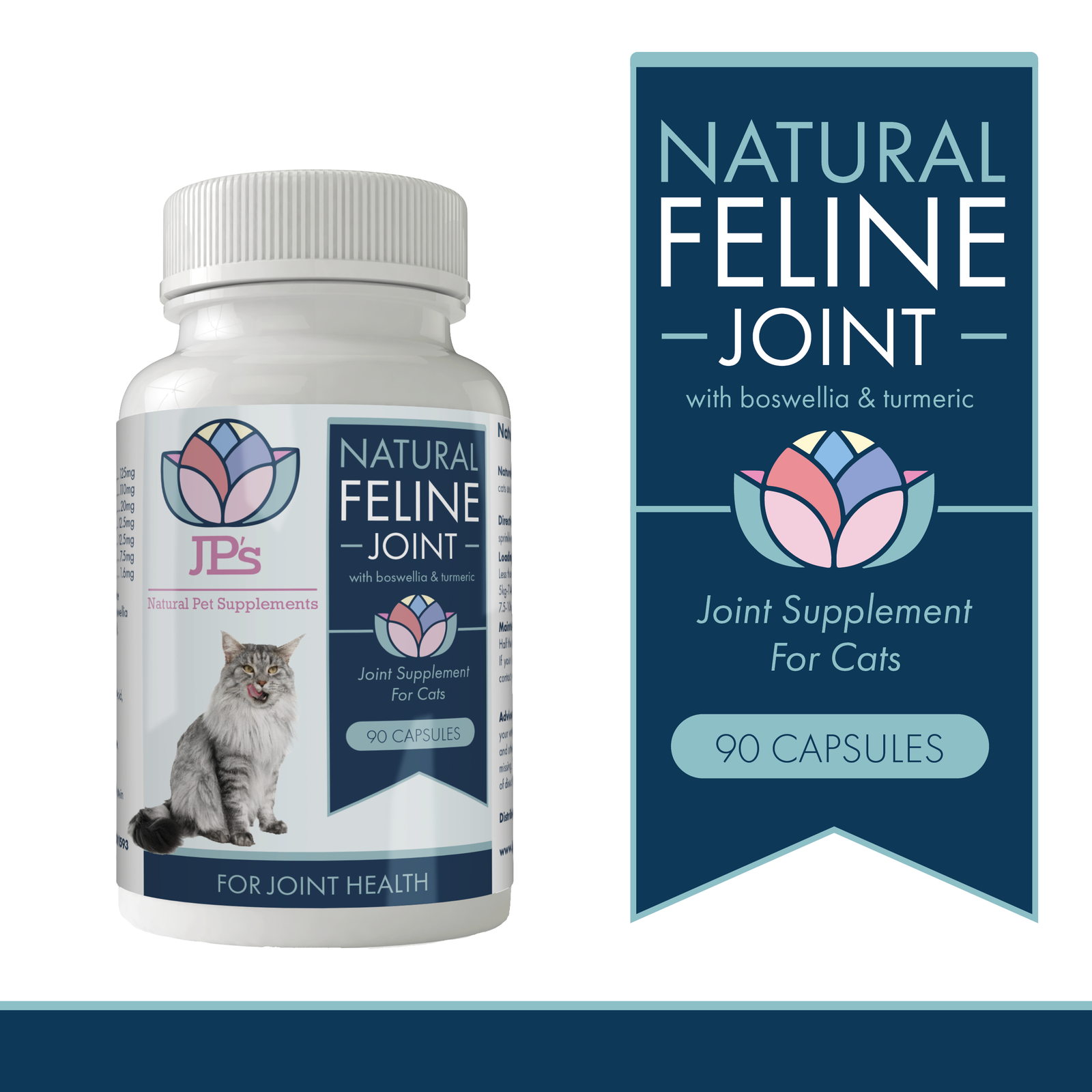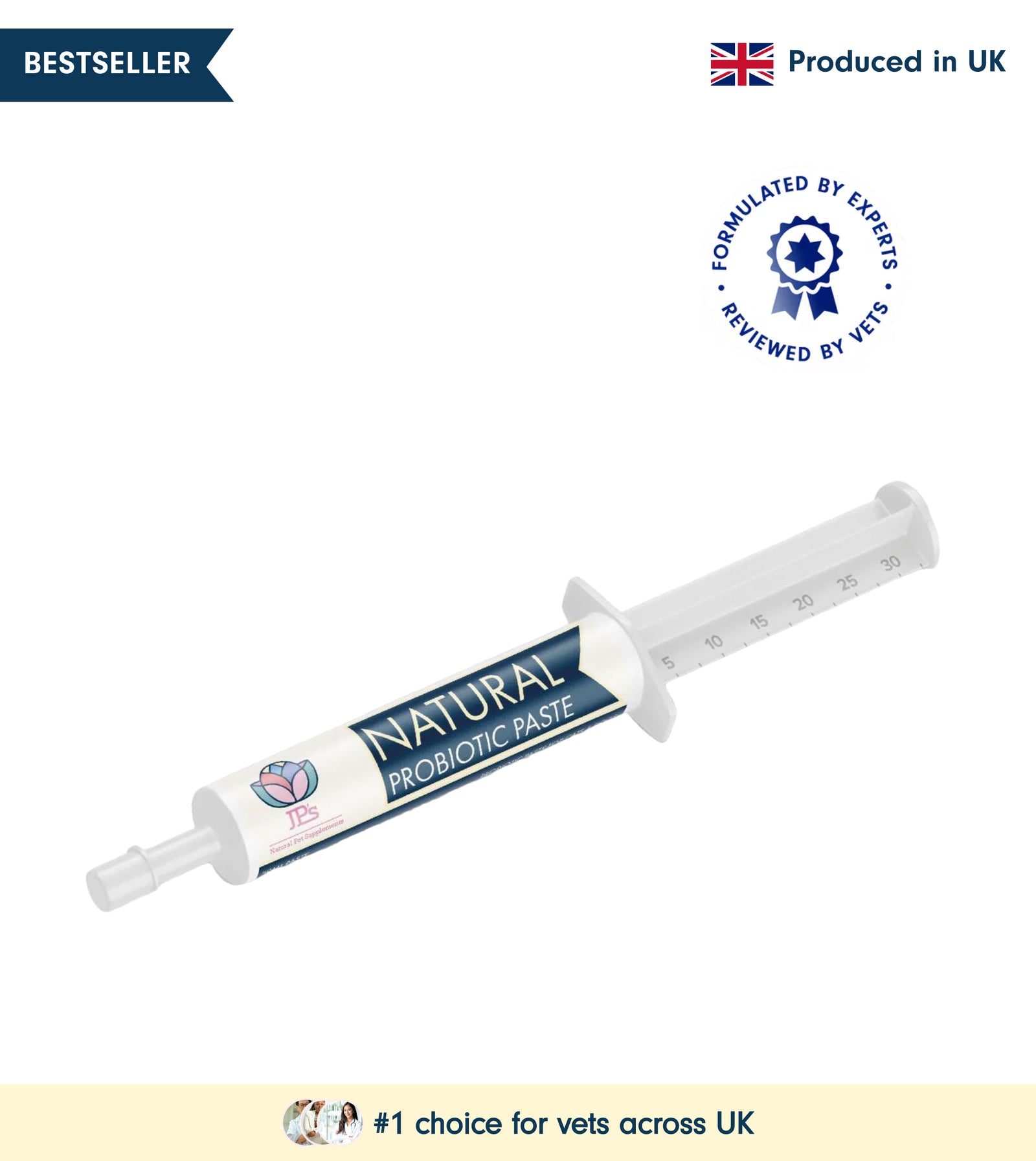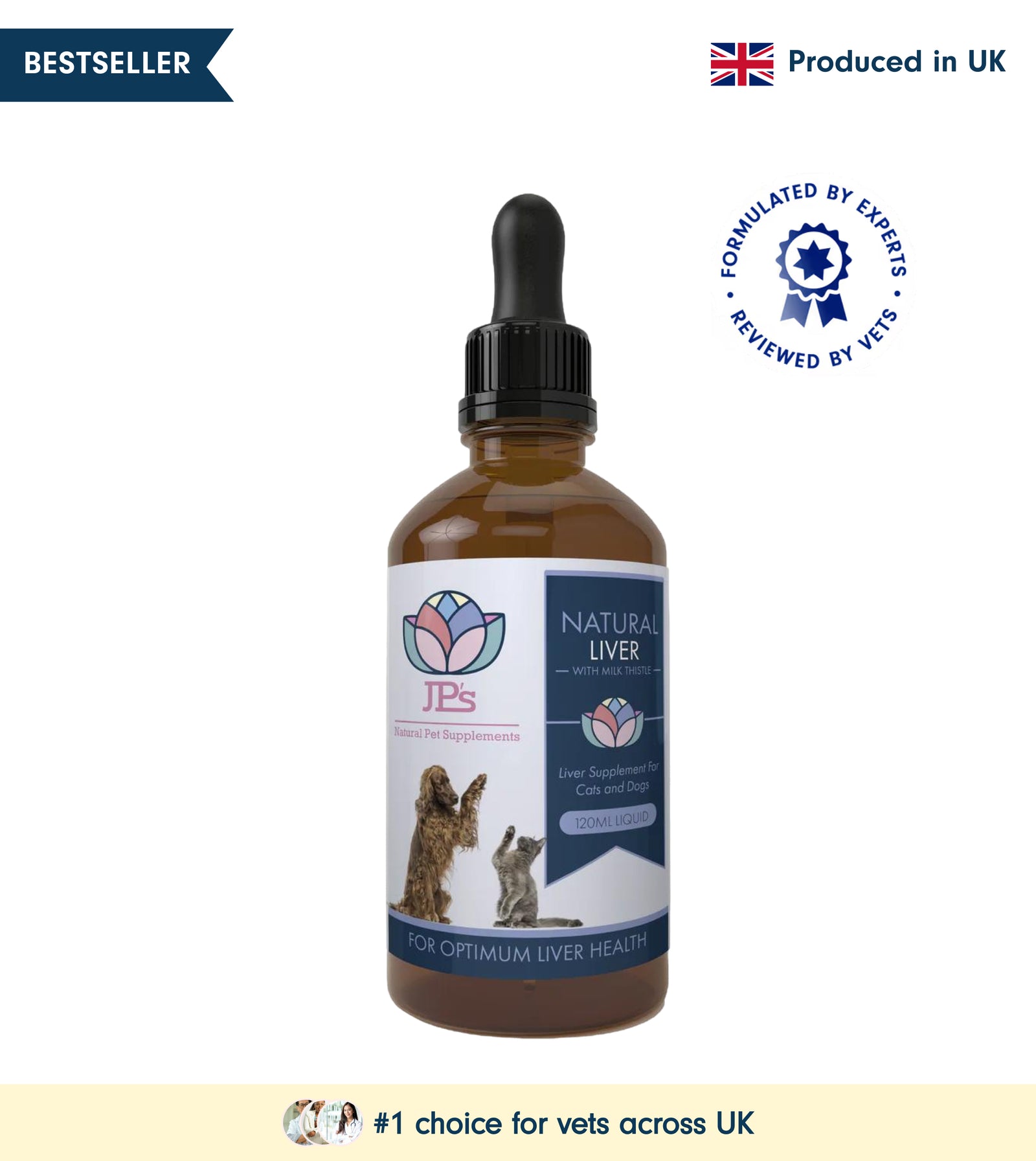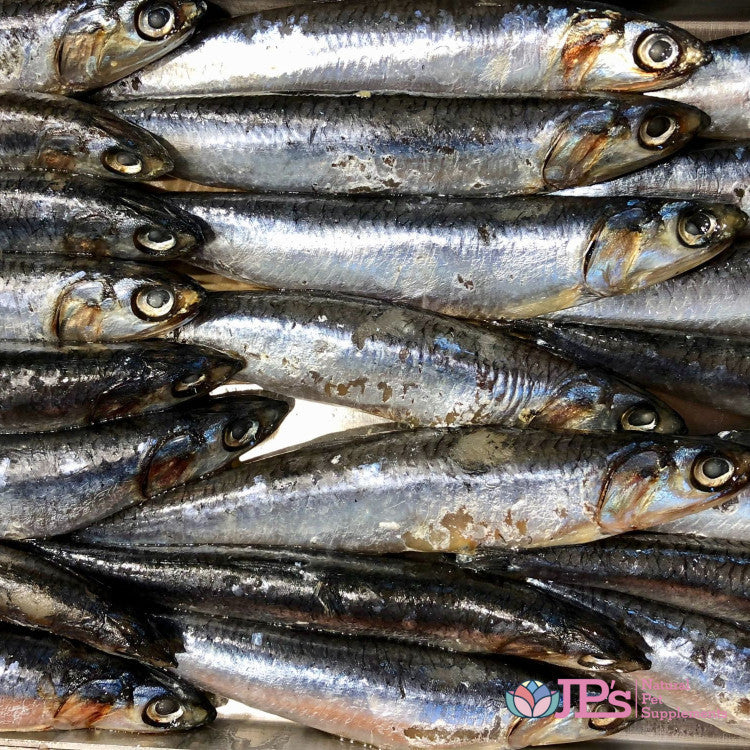When to Mate A Bitch and Achieve a Canine Pregnancy
- Timing is critical for mating dogs - breeding your bitch when progesterone levels reach 8ng/ml can increase conception rates from the typical 70-80% to over 95% with fresh semen. It can also increase the viable litter size.
- Visual and behavioural signs are unreliable indicators of ovulation - scientific progesterone testing is the only accurate method.
- Proper progesterone testing enables you to time breeding based on semen type, using different timing protocols for fresh, chilled, or frozen semen.
- Bitches can maintain viable sperm for 7-10 days in their reproductive tract, but this doesn't mean you should breed early.
- The fertile window is shorter than most breeders realise - pinpointing ovulation precisely leads to larger litter sizes and healthier puppies.
Struggling to get your bitch pregnant? You're not alone. Despite dogs being prolific breeders by nature, achieving successful conception requires precision that many breeders overlook. The difference between a failed breeding and a healthy litter often comes down to a matter of days or even hours. Whether you're a seasoned breeder or planning your first litter, understanding the science behind canine reproduction will dramatically improve your results.
Proper timing is crucial for successful dog breeding. While many breeders rely on traditional methods, such as counting days or observing behavioural changes, these approaches often lead to disappointment. Scientific advancements in reproductive veterinary medicine now provide tools to achieve conception rates above 95% - a significant improvement over the typical 70-80% success rate most breeders experience.
Why Most Dog Breeders Fail to Achieve Successful Pregnancies
The most common breeding mistake is shockingly simple: incorrect timing. Many breeders continue to rely on outdated methods like breeding on days 11 and 13 of a bitch's cycle or waiting until she "flags" and stands for the male. The hard truth is that these visual and behavioural indicators are notoriously unreliable. A bitch will often stand to be mated even when she doesn't have viable eggs ready for fertilisation, leading to failed conceptions despite apparently successful matings.
Another critical error is applying human fertility concepts to canine reproduction. Unlike humans, who ovulate eggs ready for immediate fertilisation, dogs release immature eggs that require 48 hours to reach fertilisation readiness, and they remain ripe for fertilisation for an average of 3 days. This fundamental difference means traditional breeding timing is often days too early. Without objective measurement tools, you're essentially breeding blindfolded, hoping to hit a moving target you can't see.
The Science Behind Canine Fertility Windows for Dog Mating
Understanding your bitch's reproductive cycle is the foundation of successful breeding. Unlike many mammals, canines have unique reproductive characteristics that require specialised knowledge and monitoring approaches. The female dog's reproductive cycle determines everything from the possibility of conception to the potential litter size.
Canine Oestrus Cycle Explained: From Proestrus to Anoestrus
The canine reproductive cycle comprises four distinct phases, each characterised by specific hormonal and physical changes. Proestrus, lasting about 3-19 days, is marked by bloody discharge and increased male attraction, though the bitch typically rejects mating attempts. During true oestrus (heat), lasting 3-19 days, the discharge becomes straw-coloured, and the bitch becomes receptive to males. Critically, ovulation typically occurs during early oestrus, but the eggs released aren't immediately fertile. Metoestrus follows as the reproductive tract returns to normal, and finally, anoestrus represents reproductive inactivity until the next cycle begins, usually 4-7 months later.
Canine Pregnancy in relation to mating varies from 58 to 70 days.

When Eggs Are Fertile (It's Later and Longer Than You Think)
The most significant misconception in dog breeding involves egg fertility timing. When a bitch ovulates, the released eggs are immature and require approximately 48 hours to mature and become fertilizable. This maturation period means breeding on the day of ovulation is almost always too early. Once mature, canine eggs remain viable for approximately 48-72 hours, creating a fertility window that peaks 2-3 days after ovulation. This delayed fertility window explains why breeding that seems perfectly timed often fails - the sperm arrives before the eggs are ready.
However,
1. Ovulation may occur as early as day 5.
2. Ovulation may occur as late as day 30.
3. Ovulation may not occur on the same day in each season. It can vary for up to 12 days between seasons in the same bitch
4. Ova are not ready for fertilisation when released. They undergo meiotic division, which takes up to 48 hours after ovulation, and are then fertile for 3 days.
5. Fresh sperm can survive in the bitches' genital tract for 7-10 days as they attach to the endometrium.
6. A minority of bitches will have a rise in progesterone, but then it can fall, and she can fail to ovulate. Only serial progesterone monitoring will diagnose this
Days when a bitch can get pregnant in relation to her oestrus cycle.

Sperm Viability Timeline in the Female Reproductive Tract
Sperm Type Viability
Fresh natural breeding: 7-10 days
Fresh collected: 4-6 days
Chilled shipped: 2-4 days
Frozen thawed: 12-24 hours
One of the remarkable aspects of canine reproduction is the extended viability of sperm within the female reproductive tract. Unlike humans, where sperm survive only 3-5 days, dog sperm can remain viable for 7-10 days after natural mating. This longevity occurs because sperm attach to the endometrium (the uterine lining), creating a natural "sperm storage" mechanism that extends the fertility window. However, this viability decreases significantly with processed semen. Freshly collected semen typically remains viable for 4-6 days, chilled semen for 2-4 days, and frozen-thawed semen for merely 12-24 hours, making timing even more critical for artificial insemination procedures.
Precise Timing Methods That Maximise Conception
Achieving optimal breeding results requires moving beyond guesswork and embracing scientific methods that precisely identify the fertile window. While traditional breeders often rely on visual cues or calendar counting, these approaches cannot provide the accuracy needed for consistently successful breeding programs. Modern reproductive science offers several precise methods to maximise your chances of conception.
Progesterone Testing: The Gold Standard
Progesterone testing stands as the single most valuable tool for timing canine breeding. This hormone rises steadily after the LH surge that triggers ovulation, providing a reliable biomarker of your bitch's reproductive status. The key progesterone levels to monitor are 4-8ng/ml (indicating imminent or recent ovulation) and 8-20ng/ml (indicating egg maturation and optimal fertilisation window). Studies consistently show that breeding based on progesterone levels can increase conception rates from the industry standard of 70-80% to over 95% while simultaneously increasing litter sizes.
Normal Bitch Reproduction Progesterone Levels

For optimal results, begin testing when your bitch first shows signs of standing heat, typically around days 5-7 of her cycle. Initial tests might be spaced 2-3 days apart until you are ready to mate her. The investment in multiple tests pays dividends in breeding success rates and prevents the significantly higher costs associated with failed breeding attempts.
How bitches oestrus progesterone levels can vary

Different veterinary clinics offer varying progesterone testing methods, from in-house semi-quantitative tests to laboratory quantitative assays. While in-house tests provide immediate results, laboratory testing offers greater precision, especially critical when using frozen semen, where timing margins are incredibly narrow.
Visual and Behavioural Signs of Peak Fertility are Useless
Despite generations of breeders relying on physical and behavioural signs, research conclusively demonstrates that these indicators are poor predictors of actual ovulation. Vulvar swelling, discharge changes, and flagging behaviour can occur days before or after the optimal breeding window. Even the most experienced breeder cannot visually determine if a bitch's eggs are mature and ready for fertilisation. This explains why seemingly "perfectly timed" matings based on behavioural cues frequently fail to produce pregnancies or result in smaller litters.
Most concerning is the common misconception that a bitch's willingness to stand for breeding indicates fertility. In reality, many bitches will accept a male days before eggs are viable or days after the fertile window has closed. This mismatch between behavioural receptivity and actual fertility has led countless breeders to miss the true conception window entirely.
Vaginal Cytology: Limited Utility
Vaginal cytology examines cellular changes in the reproductive tract during the oestrous cycle. While it can confirm a bitch is in oestrus (with more than 80% of cells being anuclear and a notable absence of white blood cells), it cannot pinpoint ovulation or egg maturation. At best, cytology serves as a screening tool to determine if more precise testing is warranted, but it should never be the sole basis for breeding timing decisions.
LH Testing: Pinpointing the 48-Hour Sweet Spot
The luteinizing hormone (LH) surge directly triggers ovulation and occurs approximately 48 hours before the release of eggs. Commercial LH test kits can identify this surge, providing an excellent reference point for timing breeding. Since ovulation typically occurs 48 hours after the LH surge, and eggs require another 48 hours to mature, optimal breeding should occur 4-6 days after detecting the LH surge for natural matings.
The challenge with LH testing is its narrow window—the surge lasts only 24-48 hours and requires daily testing to catch it. For this, I do not advise LH testing but only progesterone testing.
Optimal Mating Frequency for Higher Success Rates
Once you've identified the fertile window, determining how often to breed becomes the next critical decision. Strategic breeding frequency has a significant impact on conception rates and can compensate for timing imprecision. The right approach varies based on breeding method and sperm type being used.
Single vs. Multiple Breeding Attempts
- Single breeding: Requires perfect timing; best when progesterone confirms eggs are mature
- Double breeding: Standard protocol; typically, 48 hours apart during the fertile window
- Multiple breeding: May increase chances with problematic breeders, but increases stress
- Every-other-day breeding: Ensures fresh sperm throughout the entire fertile window
- Daily breeding: Not recommended; can deplete sperm quality in some males
While conventional wisdom suggests multiple matings increase success rates, quality trumps quantity. A single perfectly timed breeding with a fertile male can achieve better results than multiple poorly timed attempts. For natural breeding, two properly timed matings 48 hours apart typically maximise conception rates while minimising stress on both animals. Still, if you have measured blood progesterone levels, then only one mating will generally be required.
For bitches with a history of conception difficulties, the "breeding sandwich" approach can be practical: a mating just before the expected fertile window, one during peak fertility, and one just after. This comprehensive coverage compensates for any timing miscalculations and accommodates bitches with irregular cycles. For bitches that have not become pregnant before vaccinating with the Canine Herpes Virus vaccine can help. Consult your Vet for this Vaccine.
Overbreeding can be counterproductive. Excessive mating can cause significant stress to both animals and may reduce fertility in some males through temporary sperm depletion. Quality matings, conducted during the precise fertile window, consistently outperform shotgun approaches with multiple daily breeding attempts.
The 48-Hour Rule for Natural Breeding Depends on Progesterone Testing
- First mating when progesterone reaches 4-5ng/ml (ovulation occurring)
- Second mating 48 hours later, when eggs are maturing
- Optional third mating at 96 hours for bitches with a history of small litters
- Avoid breeding past day 7 after progesterone rise, as conception rates dramatically decline
- For older bitches, consider compressing the breeding interval to 36 hours
The optimal protocol for natural breeding follows progesterone levels rather than calendar days. The first mating should occur when progesterone reaches 4-5ng/ml, indicating ovulation has occurred but eggs are still maturing. A second mating 48 hours later coincides with peak egg fertility, when most eggs have matured and are ready for fertilisation. This strategic timing ensures viable sperm are present throughout the entire fertile window.
For virgin bitches or those with a history of conception challenges, a third mating at 96 hours after the initial progesterone rise provides additional coverage for any late-maturing eggs. Conception rates using this protocol consistently exceed 90% in healthy breeding animals, compared to the 70-80% typically achieved with traditional timing methods.
Older bitches (over 6 years) often benefit from a compressed breeding schedule with matings 36 hours apart instead of 48, as their fertile window may be shorter and egg quality potentially diminished. Conversely, younger bitches might maintain a longer fertile window, making the standard 48-hour interval ideal.
Scheduling Artificial Insemination for Maximum Results
Artificial insemination (AI) requires even more precise timing than natural breeding, as processed semen has a reduced longevity. For fresh-collected semen, insemination should occur when progesterone reaches 7-8ng/ml, approximately 3-4 days after ovulation. Chilled semen, which typically remains viable for 24-48 hours, should be inseminated at similar progesterone levels (7-8ng/ml) to ensure it coincides with peak egg fertility. For frozen semen, with its dramatically reduced lifespan of just 12-24 hours, timing becomes critical - insemination must happen when progesterone reaches 12-15ng/ml, usually 5-6 days after ovulation when eggs are at maximum fertility.
Fresh vs. Chilled vs. Frozen Semen Options
Each semen type offers distinct advantages and challenges for breeders. Fresh semen provides the highest conception rates (80-90%) because it contains the maximum number of viable sperm with minimal processing damage. Chilled semen, typically shipped overnight in specialised containers, maintains reasonable viability (70-80% conception rates) while allowing breeding between dogs separated by distance. Frozen semen, although offering the lowest conception rates (40-60% depending on the freezing method), provides invaluable genetic preservation and allows breeding with males who are deceased or located internationally. The dramatic difference in conception rates between semen types directly correlates with sperm longevity and the precision required for successful timing.
Artificial Insemination

Surgical Implantation: When It's Necessary, but this is Illegal in the UK
Surgical insemination deposits sperm directly into the uterus, bypassing the cervix and placing sperm closer to the eggs. This technique is particularly valuable when using frozen semen with limited viability or when working with females who have anatomical challenges. However, it's important to note that surgical AI is illegal in the United Kingdom under the Animal Welfare Act, which considers non-therapeutic surgeries unethical. In countries where it remains legal, surgical AI shows significantly higher conception rates with frozen semen (60-80%) compared to transcervical insemination (40-60%).
For breeders in regions where surgical AI is prohibited, focusing on perfect timing becomes even more critical. Transcervical insemination (TCI) using an endoscope or specialised catheter offers a non-surgical alternative that achieves respectable results when performed by experienced veterinary professionals using precisely timed progesterone testing. The key is ensuring insemination occurs exactly when eggs reach peak fertility, leaving no margin for error when working with limited-viability frozen semen.
Post-Breeding Care to Prevent Early Embryo Loss
Once breeding is complete, the critical phase of embryo development and implantation begins. Many pregnancies fail during the first three weeks due to preventable factors. Proper post-breeding care significantly reduces early embryo loss and helps ensure those successfully fertilised eggs develop into viable puppies. The attention you provide during this delicate period can make the difference between a failed breeding and a healthy litter.
The Critical First 3 Weeks After Mating
The first three weeks after breeding represent a vulnerable period when developing embryos are most susceptible to loss. During the first week, fertilised eggs travel through the fallopian tubes to the uterine horns. By days 12-14, these embryos begin to implant in the uterine wall, establishing the placental connections necessary for survival. Hormonal fluctuations during this period are delicate - progesterone must remain elevated to maintain pregnancy, while the developing embryos must produce sufficient signals to prevent the bitch's body from returning to a non-pregnant state.
Environmental stressors during this critical window can trigger hormonal disruptions that lead to failed implantation or early resorption of embryos. Maintaining a calm, consistent routine helps preserve the hormonal balance necessary for successful implantation. Avoid introducing your bitch to new environments, unfamiliar dogs, or stressful situations during the first three weeks after breeding. Even seemingly minor disruptions can trigger subtle hormonal shifts with significant consequences.
Activity Restrictions That Protect Implantation
While moderate activity is generally healthy throughout pregnancy, the two weeks surrounding implantation (approximately days 7-21 after ovulation) require adjustments in activity levels. During this time, avoid high-impact exercise, jumping, rough play with other dogs, and physically demanding activities that could disrupt the implantation process. Short, relaxed leash walks provide sufficient exercise without risking embryo attachment. This doesn't mean complete bed rest - moderate activity maintains good circulation and general health - but competitive sports, agility training, or strenuous play should be postponed until pregnancy is confirmed.
For working dogs or those accustomed to high activity levels, implementing a gradual reduction before breeding helps prevent stress from sudden lifestyle changes. Begin tapering activity about a week before breeding and maintain reduced intensity through the first three weeks after mating. After implantation is complete (usually by day 21), regular moderate activity can typically resume until later in pregnancy when the growing puppies necessitate further modifications.
Nutritional Support for Early Pregnancy
Nutritional needs shift subtly but notably during early pregnancy. While caloric requirements don't increase significantly until the final third of gestation, nutrient quality becomes paramount immediately after breeding. Ensure your bitch receives optimal levels of folate, omega-3 fatty acids, and antioxidants to support early embryonic development. Some reproductive specialists recommend supplementation with Vitamin E (200-400 IU daily) and fish oil (1000mg daily) during the first three weeks to support implantation and reduce inflammation that could compromise embryo attachment. Consider using the Canine Herpes Vaccine.
Your 30-Day Breeding Success Action Plan
Implementing a methodical approach to breeding dramatically improves success rates. Begin with progesterone testing 5-7 days after your bitch shows standing heat, typically testing every 2-3 days until levels approach 5-8 ng/ml. Schedule the first breeding when progesterone reaches 5-8ng/ml for natural mating or 7-8ng/ml for fresh/chilled AI. For frozen semen, aim for 12-15ng/ml. Follow with a second breeding 48 hours later if using natural mating or fresh semen. Maintain a calm environment after breeding, implement appropriate activity restrictions, and provide nutritional support targeted explicitly for early pregnancy.
Gestation.
Lasts 58 to 71 days if calculated from the first day of mating to parturition because of the long behavioural oestrus period of the bitch, i.e., bitch will stand to be mated even when she doesn’t have ripe ova. From the day of ovulation, it is 63 days +/- 1 day. So, by measuring blood progesterone before mating and therefore knowing the day of ovulation you will know if your bitch requires a Caesarean Section because she is suffering from primary uterine inertia or she is not really to whelp or if she is overdue.
Mark your calendar for pregnancy confirmation via ultrasound at 28 days post-ovulation via progesterone testing (not post-breeding). This timing ensures that developing embryos are visible while allowing for early detection of potential complications. If progesterone is carefully monitored, you can predict whelping with remarkable accuracy - exactly 63 days (±1 day) from ovulation. This precision allows for appropriate preparation for whelping, an emergency Caesarean Section, and reduces the anxiety of wondering when the puppies will arrive.
Frequently Asked Questions
Canine reproduction generates many questions from both novice and experienced breeders. Here are evidence-based answers to the most common concerns about improving conception rates and maximising litter sizes.
How many days after the start of heat should I breed my dog?
The ideal breeding time cannot be determined by simply counting days from the onset of heat. Every bitch has a unique cycle timing that can vary between seasons. Instead of calendar counting, use progesterone testing to identify when levels reach 7-9ng/ml for natural breeding (typically 10-14 days after the onset of proestrus, but this varies widely between individuals). This approach ensures breeding coincides with fertility regardless of whether your particular bitch has a short or extended cycle.
Can stress prevent a successful pregnancy in dogs?
Yes, stress has a significant impact on canine conception rates and embryo survival. Stress hormones like cortisol directly interfere with reproductive hormone balance, potentially preventing implantation or triggering early embryo resorption. Everyday stressors include travel, showing, boarding, introducing new animals, household changes, or changes in routine during the critical post-breeding period.
Research demonstrates that bitches experiencing significant environmental stress during the first three weeks after breeding show markedly lower conception rates and smaller litter sizes. Creating a calm, consistent environment during this period substantially improves breeding outcomes. For anxious bitches, consider implementing stress-reduction techniques like familiar surroundings, consistent handling, and sometimes vet-approved calming supplements.
What's the average litter size for first-time mothers?
First-time mothers (primiparous bitches) typically produce smaller litters than they will in subsequent pregnancies. On average, first litters contain 1-3 fewer puppies than the breed's typical litter size. This smaller first litter is normal and doesn't indicate fertility problems. Litter size typically increases with the second and third pregnancies, peaks between 3-5 years of age, and then gradually decreases as the bitch ages.
Breed size has a significant influence on litter size expectations. Small breeds (under 20 pounds) average 3-4 puppies, medium breeds (20-50 pounds) average 5-7 puppies, and large breeds (over 50 pounds) often produce 8-12 puppies. Giant breeds sometimes have surprisingly smaller litters despite their size, usually averaging 5-8 puppies. Individual genetics, nutrition, and breeding management also influence litter size regardless of whether it's a first litter.
- Toy breeds: 2-4 puppies (first litter often 1-3)
- Small breeds: 3-5 puppies (first litter often 2-4)
- Medium breeds: 5-7 puppies (first litter often 4-6)
- Large breeds: 8-12 puppies (first litter often 6-9)
- Giant breeds: 5-8 puppies (first litter often 4-6)
Strategic breeding timing, utilising progesterone testing, typically increases first litter sizes by 1-2 puppies compared to traditional timing methods, bringing them closer to the breed's average for experienced mothers.
Is artificial insemination more successful than natural breeding?
Natural breeding typically produces higher conception rates (80-90%) than artificial insemination when all other factors are equal. This advantage stems from larger sperm volume, the natural capacitation process that occurs during mating, and beneficial hormonal responses triggered by physical breeding. However, this generalisation changes dramatically when comparing different AI methods and semen types.
Freshly collected AI performed immediately after collection achieves nearly comparable results (75-85%) to natural breeding when properly timed. Chilled semen shipped overnight shows moderately reduced success rates (65-75%), while frozen semen demonstrates significantly lower conception rates (40-60%) even with perfect timing. The gap between natural breeding and AI success rates narrows considerably when using progesterone timing for both methods.
The primary advantage of AI isn't necessarily improved conception rates but rather the ability to overcome geographical limitations, utilise genetically valuable males that might be unwilling or unable to breed naturally, and precisely document breeding timing for pregnancy monitoring. For breeders with challenging conditions or those working with valuable genetics, the control offered by AI often outweighs the slightly reduced conception rates.
How soon can I confirm pregnancy after breeding?
Reliable pregnancy confirmation is possible via ultrasound examination starting at 28 days after ovulation (not 28 days after breeding). At this stage, gestational sacs and embryonic heartbeats become visible, allowing for accurate pregnancy confirmation and initial estimation of the puppy count. Earlier ultrasound examinations (21-25 days) sometimes detect pregnancy. Still, the risk of false negatives is high if performed too soon, especially if progesterone levels have not been measured, which indicates when ovulation has occurred. You cannot predict the number of conceptuses on an ultrasound!
Ultrasound canine pregnancy diagnosis

Blood relaxin testing offers another reliable method, becoming positive around days 22-27 post-ovulation. Unlike progesterone, which is elevated in all bitches after ovulation regardless of pregnancy status, relaxin is produced only by developing placental tissue, making it a specific marker for pregnancy. The test's accuracy approaches 98% by day 30.
Palpation by experienced Vets can detect pregnancy between days 28-35 when the embryonic vesicles feel like distinct "grapes" within the uterine horns. After day 35, the developing puppies exhibit a more uniform uterine enlargement, which becomes increasingly difficult to distinguish from other conditions. X-rays become useful only after day 45 when foetal skeletons begin mineralising, allowing puppy counting but offering no advantages for early detection.
Early pregnancy confirmation allows breeders to implement appropriate management changes, adjust nutrition, and prepare for whelping with confidence. Knowing the precise ovulation date through progesterone testing enables remarkably accurate prediction of whelping, which occurs exactly 63 days (±1 day) from ovulation, removing the guesswork associated with traditional breeding approaches.
With proper timing through progesterone testing, appropriate breeding techniques, and careful post-breeding management, even novice breeders can achieve professional-level conception rates. Remember that the small investment in proper testing pays enormous dividends in breeding success, preventing the much greater costs and disappointment of a failed breeding attempt.
Good luck with your breeding

Dr Paul Boland is a former lecturer on Canine Reproduction at the University of Liverpool Veterinary School and is a Championship Dog Show Judge of Staffordshire Bull Terriers. You can contact me at JP's Natural Pet Supplements.



















Sharon Rafter
August 21, 2025
Thankyou Paul very informative and helpful information, when would you start changing your bitches diet adding supplements etc ? Thanks.